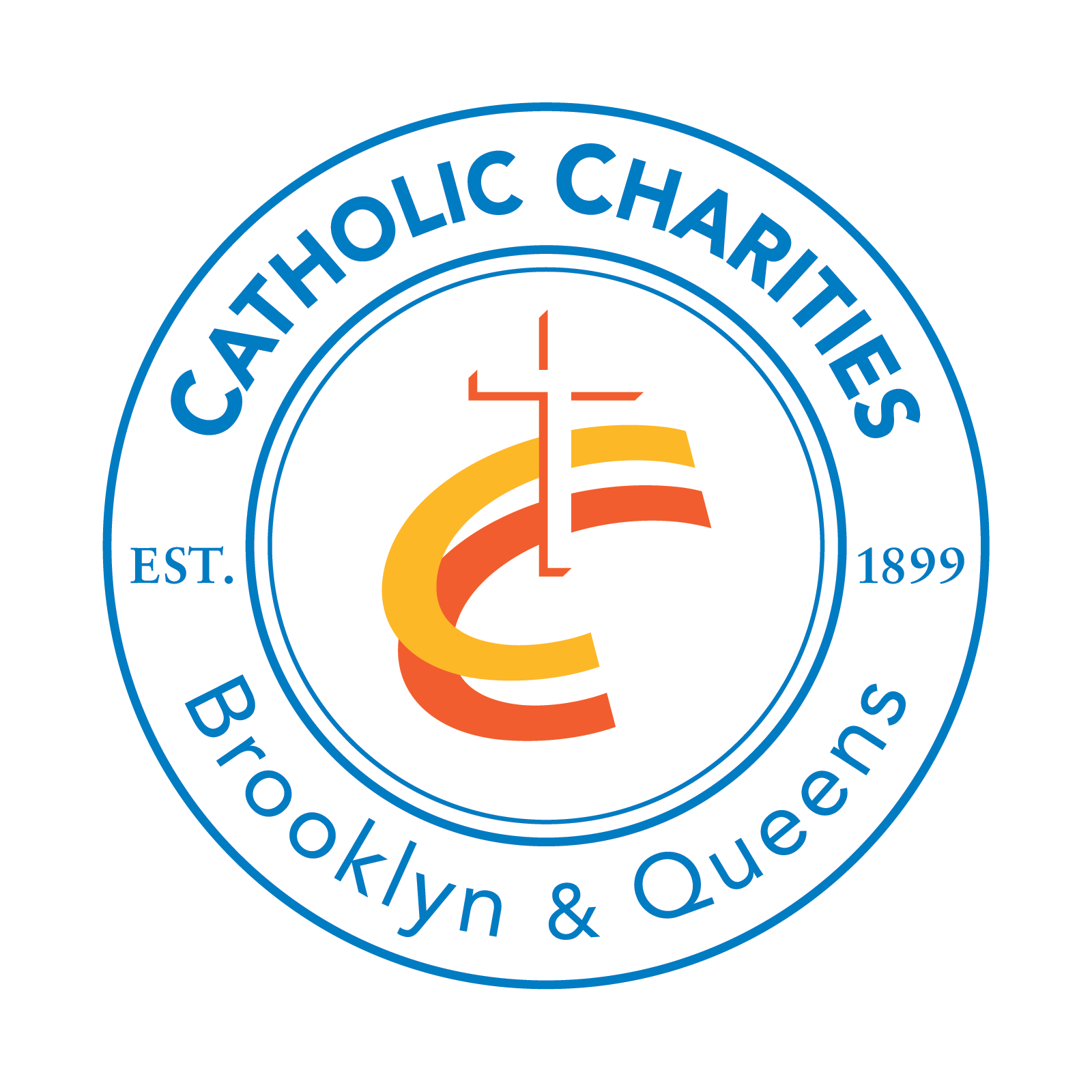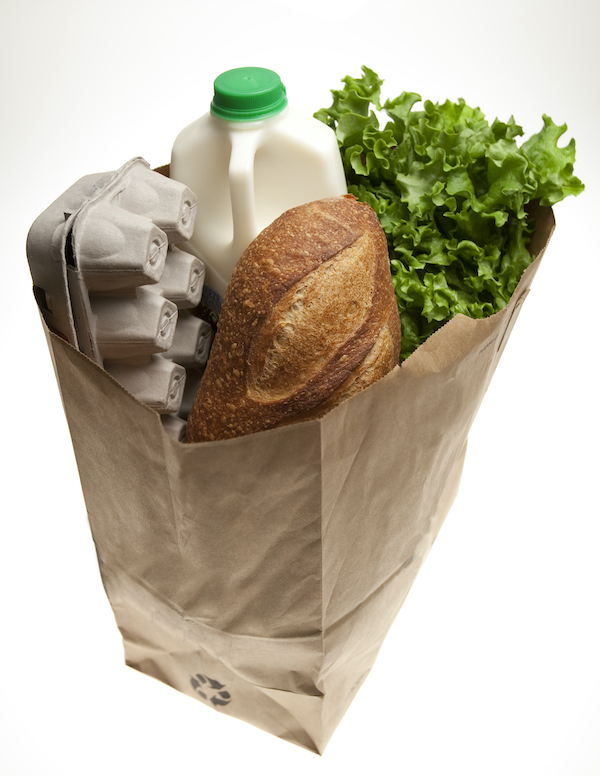February 28, 2023
By Paula Katinas
FLUSHING — Elizabeth Apiado has been looking anxiously at the calendar lately, knowing that when March 1 arrives, she will have to dig deeper into her pocketbook to put food on her table.
Apiado, who lives with her husband in Flushing, receives benefits under the federal government’s Supplemental Nutrition Assistance Program (SNAP), which provides a stipend for low-income households to buy food.
But the stipend — which ranges between $281 a month for a one-person household to $1,691 for a family of eight — is going to decrease sharply starting in March. That’s because an emergency supplemental payment, put into place in April 2020 to help SNAP beneficiaries during the pandemic, will end.
As a result, the cuts in monthly benefits will range from $95 a month to $250, depending on the size of the household, according to the Center on Budget and Policy Priorities.
The decrease in benefits comes at a time of high inflation. According to the U.S. Bureau of Labor Statistics, the Consumer Price Index increased 8.5% between March 2021 and March 2022 — the largest increase since the Reagan administration in 1981. During the same time period, grocery prices increased even more, by 10%.
While inflation has eased somewhat in 2023, consumers are still being hit hard in the wallet. The rate of inflation in January was 6.4%, according to the Bureau of Labor Statistics.
Behind the statistics are real people who are struggling to feed their families.
Apiado, whose only source of income is Social Security funds, said shopping is hard. Even with government benefits, she has had to find ways to stretch a dollar. “My husband and I, we do without a lot,” she explained. “We love tenderloin. But it’s too expensive. We look around the supermarket for cheaper things. But even chicken and fish [cost] a lot of money.”
In her search for less expensive food items, Apiado has totally changed her shopping habits. She no longer patronizes the small local grocery stores in her neighborhood where she used to shop. “I go to BJ’s because the prices are cheaper,” she said.
Apiado was able to enroll in SNAP with help from Catholic Charities Brooklyn & Queens (CCBQ), where caseworkers assisted her in filling out the necessary forms to apply. CCBQ has helped her in other ways, too. She and her husband regularly visit the Peter J. DellaMonica Older Adult Center in Astoria, where they receive hot meals.
As food prices continue to be high, organizations that assist low-income residents are seeing increases in the number of people seeking help.
St. John’s Bread & Life, a nonprofit in Bedford-Stuyvesant that distributes food and offers social service referrals, is dealing with larger numbers. In 2022, the organization served 289,000 people, said Sister Caroline Tweedy, RSM, the executive director.
However, just as consumers are feeling the pinch, so are the nonprofits. St. John’s Bread & Life does receive grants to help fund its programs, including its food distribution program. But the funding formula for those grants has not increased even though food prices have gone up. “We’re struggling to keep up,” Sister Caroline said. “The price of eggs went up 60%. Butter went up 35%. Chicken parts are up 12.2%. And we buy in bulk.”
One grant allocation had funding that was supposed to last a year. St. John’s Bread & Life spent it all in just three months, she said.
Mildred Gutierrez, a caseworker at the organization, has noticed an increase in the number of people coming in for food as well as people seeking information on how to apply for SNAP. “I’ve been here 20 years, and I’ve never seen it this bad,” she said.
Even consumers who aren’t on SNAP are finding it hard. Johnny Chavez, a parishioner of Sts. Peter and Paul Church in Williamsburg, has seven children.
“What’s alarming to me is that not only are the prices going up, they’re going up by a lot,” he said. “Where you used to get a box of Cheerios for $4, now the Cheerios are $8.”
He ran through a list of items he typically buys. “If I go to buy a dozen eggs, a gallon of milk, a half-gallon of almond milk — because one of my kids likes almond milk — and some peppers and onions, right there that’s like $58,” he added.
Like Apiado, he has changed his shopping habits and patronizes bigger stores because the prices are lower — in his case, Trader Joe’s.
Organizations are working to make sure no one goes hungry. CCBQ, for example, operates 20 food pantries on its own — feeding approximately 30,000 people a month — and also partners with parishes around the diocese to operate another 40 pantries.
Approximately 50% of the food pantry clients (CCBQ refers to them as pantry guests) are on SNAP, said Debra Hampson, senior director of community outreach services.
CCBQ has seen an increase in the number of people seeking food assistance, Hampson added. “We definitely have seen that increase between gas prices and all the rest,” she said, adding that inflation also forces people to pay more at the pump.
In January, CCBQ served 30,109 people at its pantries — a jump of nearly doubling from January 2022, when 16,306 were served.
To help fill in any gaps, CCBQ started setting up pop-up pantries. “We were giving out milk and eggs specifically because those prices are incredible. And I think it’s going to be worse because the emergency stipend is ending,” she said.
The full impact hasn’t been felt yet.
“Next month, we’ll really start to see it,” Hampson explained. “We’re getting the word out to all of our pantry guests to let them know that that’s going to be happening.”



